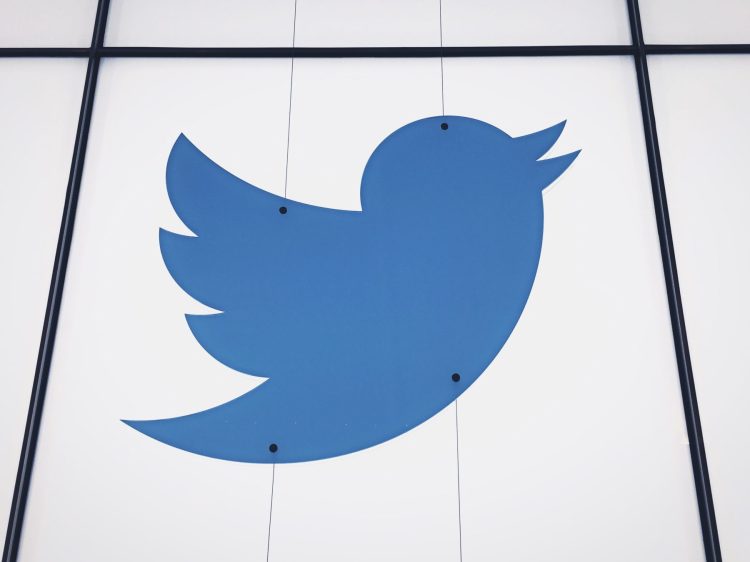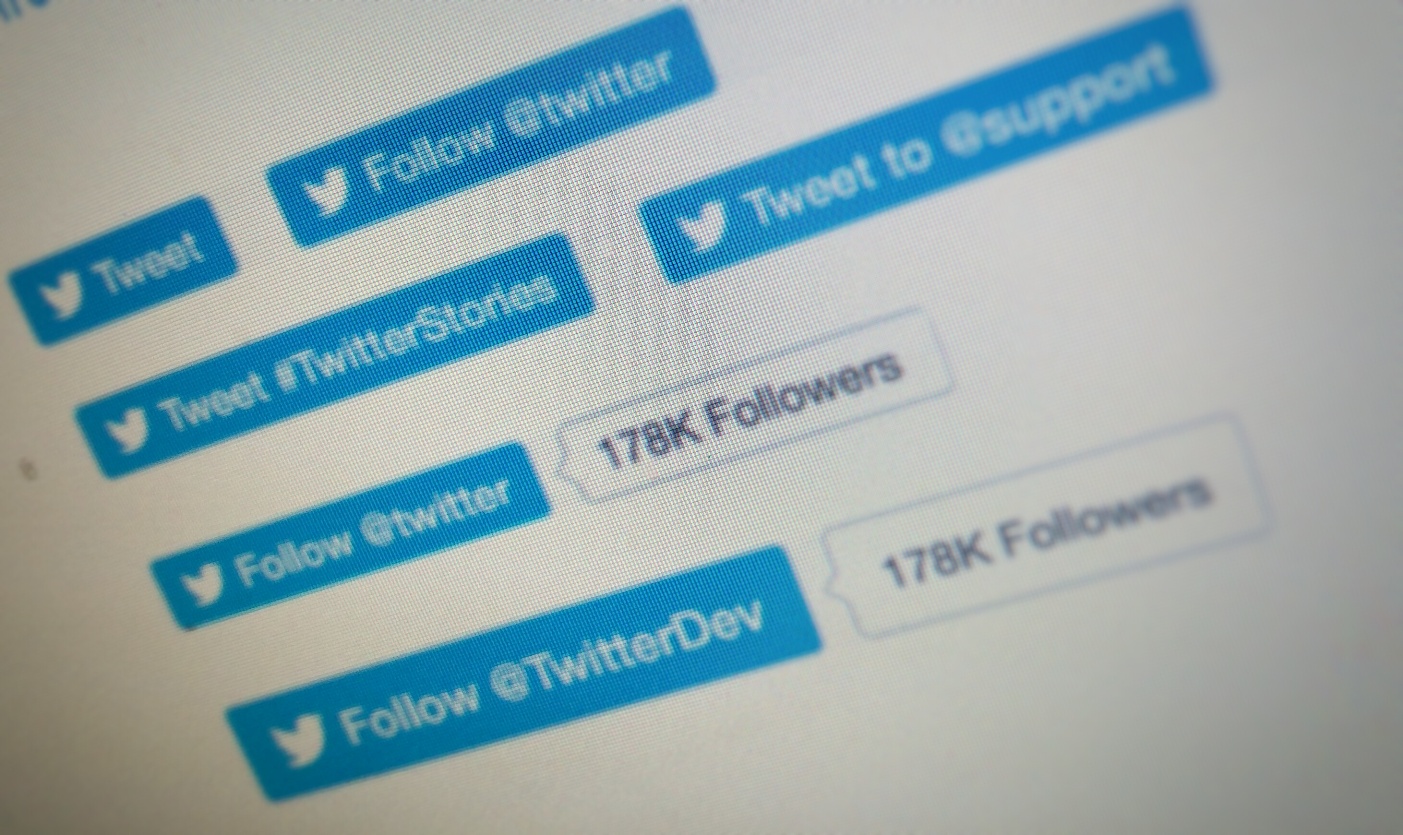2: Enabling better search and collection of tweets
Twitter’s content paradigm is long overdue for some evolution. Here are some ideas for breathing new life into it.
Enrich tweets with richer metadata
CEO Jack Dorsey’s recent proposal to expand the length of tweets beyond 140 characters is a great first step, but adding some extensible metadata fields to tweets can have an even greater impact in the long run.
How to do it:
- I’ve written elsewhere about how adding some very rudimentary semantic metadata to tweets could have a huge impact on how Twitter content can be used and on the value of the content.
- The basic idea is to add support for machine tags in tweets and extensible metadata fields to tweets.
- Links, usernames, and hashtags are metadata and should no longer count towards the character count of a tweet.
Lead an open standard for cards
I’ve written elsewhere about how important cards are as the new medium for mobile content. Twitter is well positioned to create and shepherd a true open standard for cards. Whoever does this first wins a lot of karma points. But more importantly, they get to define the standard to their advantage. Twitter should seriously consider doing this.
How to do it:
- Twitter should release an open standard for cards, the next medium after Web pages.
- The standard should support a separation of design, content, and metadata.
- The standard should support machine readable semantics.
- The standard should be given to the W3C at some point.
Make tweets more reusable
 Currently the Twitter user experience is a river of news where as soon as something falls below the fold it starts to lose value at an accelerating rate. Twitter content is just too ephemeral; it has a shelf life of perhaps a few seconds — a few hours at best.
Currently the Twitter user experience is a river of news where as soon as something falls below the fold it starts to lose value at an accelerating rate. Twitter content is just too ephemeral; it has a shelf life of perhaps a few seconds — a few hours at best.
But what if there was a way to extend the shelf-life of a tweet, making it valuable for longer? Not only would that provide more potential reward to the author of the tweet (or the advertiser), but it would also provide more potential eyeballs (and ad impressions) to Twitter in the long run.
How to do it:
- To accomplish this, there needs to be a way for users to privately collect and share tweets they want to keep and reuse as knowledge in the future.
- Simply add a “Collect” action to every tweet. Users could collect tweets into their own collections, or to collections for groups.
- When you collect a tweet, you could also add your own tags (private to you and/or your group) and comments. Collections would also be searchable in many different ways.
- Collect tweets like you collect bookmarks — for hobbies, projects, teams, organizations, and events. Search them instantly to find your knowledge when you need it. Suddenly, collections of tweets become searchable knowledge.
- Better yet, open up these collections via the Twitter API as well so that third-party apps can create new and innovative ways to organize, search, and visualize this knowledge to make it even more useful. All of this drives more engagement to Twitter and Twitter content.
Tweets would have longer shelf lives and would generate more future value to their authors and to Twitter. And by the way, Tweet collections would still run Twitter ads. And since every Tweet would be a live dynamic card, it could update and provide new content and even provide analytics to the author or publisher when it is accessed again.
Go back to page 1: How Twitter can improve the signal-to-noise ratio
Go to page 3: Twitter should evolve its business model


